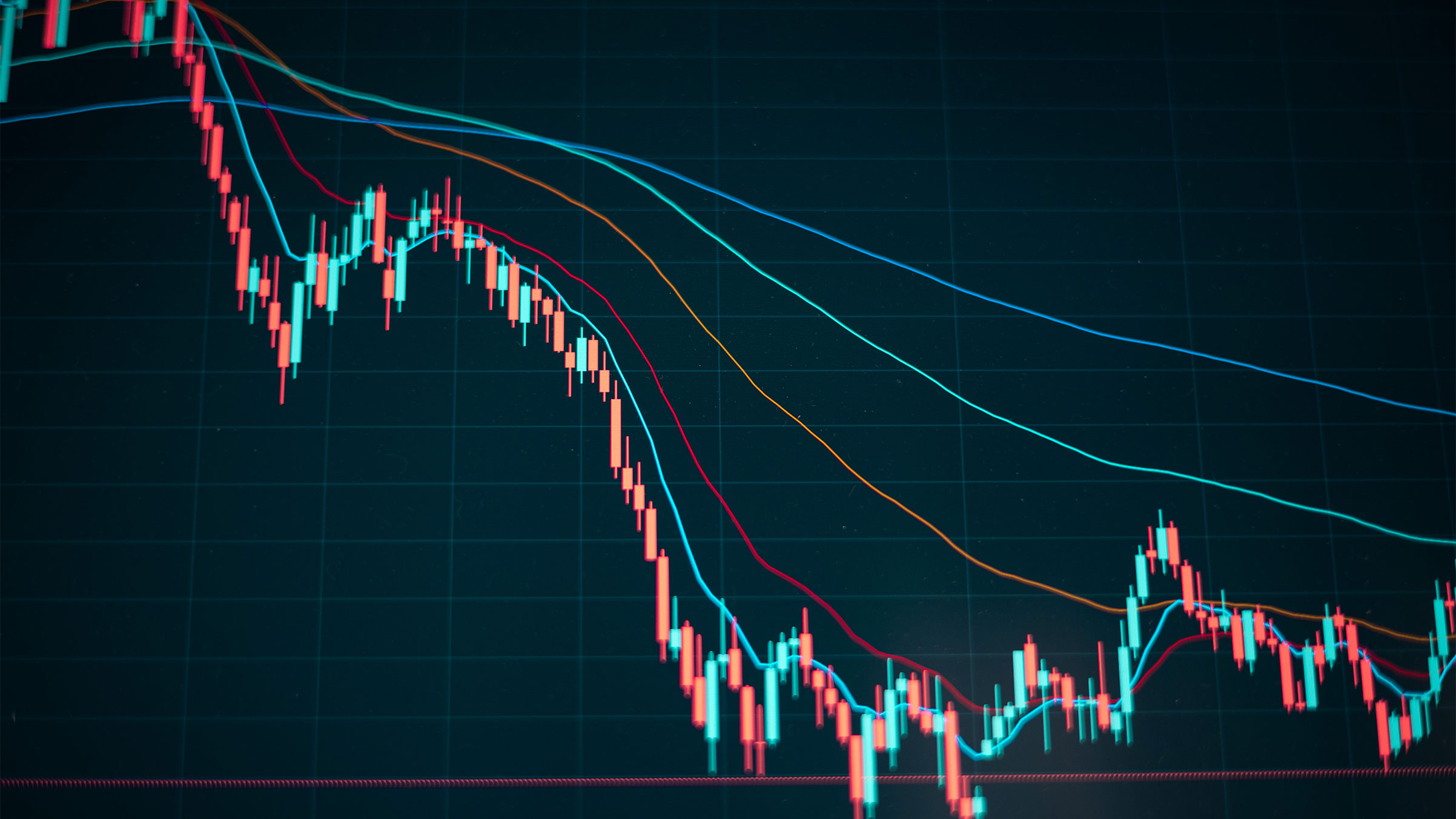- An appreciation for the importance of industry context and well-chosen analogs in framing the problem
- A toolkit able to accommodate different market dynamics and stages of product development
- An expert perspective on the benefits and drawbacks of various pricing techniques
- A sensitivity to the interplay of stakeholders and influencers in B2B and B2C buying decisions
Pricing Strategy
The Challenges of Pricing in a Complex, Information-Rich Environment
Pricing research has always faced special challenges – especially the risk that marketers may leave money on the table based on overstated price sensitivity. Pricing strategies can be especially difficult to optimize when customers have access to real-time information about their options and can pivot quickly to reflect more dynamic priorities. Effective pricing requires a contextual understanding of the buyer perspective at all channel points and a nimble approach to insights that can gauge customer willingness to pay across varied scenarios on the path to purchase. Choosing and using tools correctly is essential for strategies you can bank on. Our approach is supported by four critical pillars:

State-Of-The-Art Modeling Informed by Market Experience
Using both historic sales data and survey input, we build predictive models that reveal profit-maximizing strategies for existing products and new ones – including paradigm-changing technologies. Survey results are always interpreted with market context and research technique in mind so that pricing strategy is informed by both breadth of data inputs and breadth of experience.
Sales data analytics to discern historical sensitivities and inflection points at the aggregate level and within key segments
Pricing survey science techniques that effectively match markets and pricing problems to methodologies and adapt them as needed for increased statistical sensitivity at key price points
Price optimization guided by Farsight® modeling tools, including choice-based simulators that model response to pricing for alternative configurations and competitive responses
See Your Way Forward
Contact Us